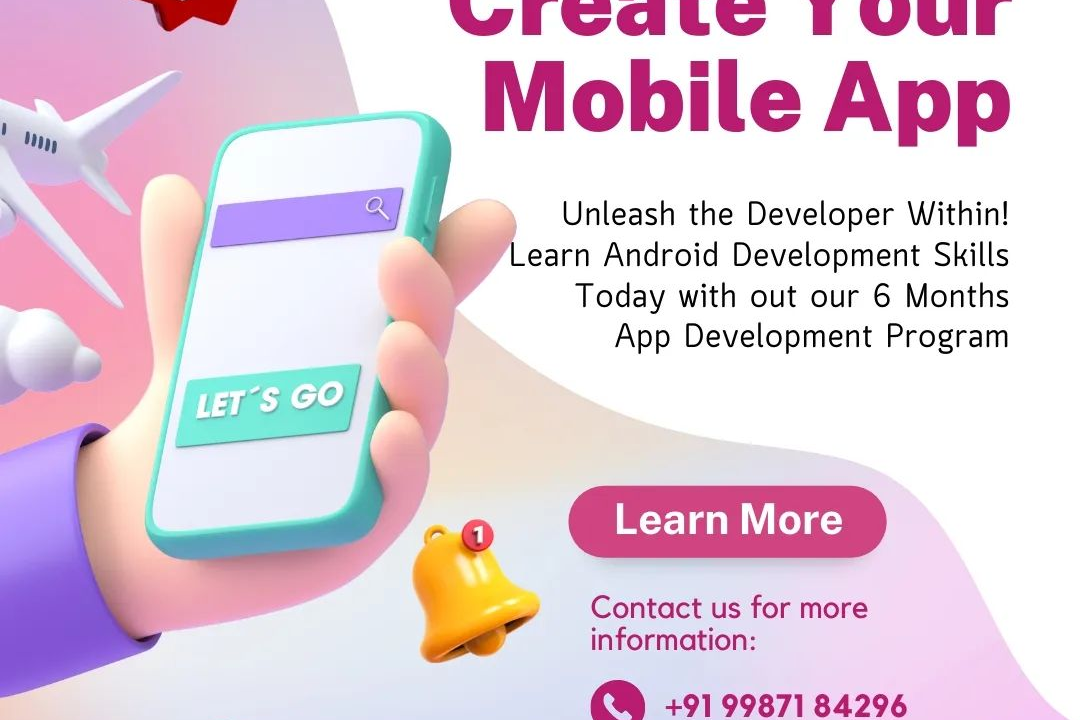Flutter Application Usability Evaluations
Enhancing Usability in Flutter Applications: Evaluation Techniques and Best Practices
Flutter Application Usability Evaluations
Flutter application usability evaluations involve assessing the effectiveness, efficiency, and satisfaction of users interacting with applications developed using the Flutter framework. These evaluations typically include methods such as user testing sessions, surveys, and heuristic evaluations to gather qualitative and quantitative data about the user experience. Key aspects analyzed during these evaluations include navigation intuitiveness, visual design appeal, accessibility, and performance. By utilizing tools such as Flutter’s rich widget library and state management solutions, developers can iterate on designs based on feedback, ultimately enhancing the overall usability and user satisfaction of their applications across various platforms, including iOS and Android.
To Download Our Brochure: https://www.justacademy.co/download-brochure-for-free
Message us for more information: +91 9987184296
1 - Definition of Usability: Introduce the concept of usability, explaining its importance in application design. Usability refers to how easy and user friendly a software application is for the target audience.
2) Goals of Usability Evaluation: Discuss the primary goals of usability evaluation, including enhancing user satisfaction, improving accessibility, ensuring functionality, and reducing user errors.
3) Types of Usability Testing: Outline various types of usability testing, such as formative testing (during development) and summative testing (after completion), to understand when each is applicable.
4) User Centered Design Principles: Cover principles of user centered design that guide the development of usable applications, emphasizing the need for user involvement throughout the design process.
5) Creating User Personas: Teach students how to create user personas based on target demographics, goals, and behaviors to help tailor application design to real user needs.
6) Task Analysis: Explain task analysis as a technique to identify user tasks, the steps involved, and how Flutter can effectively support these in the application interface.
7) Usability Metrics: Introduce various metrics used to evaluate usability, such as error rates, task completion time, and satisfaction ratings, and how to gather this data in a Flutter application.
8) Heuristic Evaluation: Discuss the heuristic evaluation method where evaluators inspect the interface against established usability principles (heuristics) to identify potential issues.
9) A/B Testing: Explain A/B testing for assessing different design versions in real world scenarios, allowing data driven decisions on which design performs better.
10) Accessibility Considerations: Cover the importance of accessibility in usability evaluations and how to implement accessible features in a Flutter app, ensuring it is usable by people with disabilities.
11) Feedback Mechanism: Discuss the importance of incorporating user feedback mechanisms within the app (e.g., surveys or feedback forms) to continually collect usability insights post launch.
12) Iterative Testing: Elaborate on the iterative testing approach, advocating for continuous testing and refinement of the application based on user feedback at different development stages.
13) Analyzing Usability Test Results: Teach students how to analyze and interpret usability test results effectively to identify common issues and recommend improvements.
14) Tools and Frameworks: Introduce tools and frameworks that can be used for usability evaluation relevant to Flutter, such as Flutter's own testing capabilities and third party evaluation tools.
15) Real World Case Studies: Present case studies of successful Flutter applications and their usability evaluation processes, showcasing best practices and lessons learned.
16) Usability Evaluation Checklist: Provide a comprehensive checklist that students can use during their evaluations to ensure they consider all critical aspects of usability.
17) Collaboration in Usability Testing: Highlight the role of collaboration among designers, developers, and users in the usability evaluation process and how to facilitate this.
18) Cultural and Contextual Factors: Discuss how cultural and contextual factors can influence usability evaluations and the necessity of adapting applications for diverse audiences.
19) Future Trends in Usability: Explore emerging trends in usability evaluation related to Flutter, such as AI based testing and virtual reality, equipping students with forward thinking skills.
By providing these points, students will gain a comprehensive understanding of the various aspects involved in evaluating the usability of Flutter applications, making them better prepared to create user centric designs.
Browse our course links : https://www.justacademy.co/all-courses
To Join our FREE DEMO Session: Click Here
Contact Us for more info:
Continuous deployment (cd))
Top Providers of NoSQL Database
Best Android App Development Course
Java for cloud-native applications
Salesforce Programming Training











